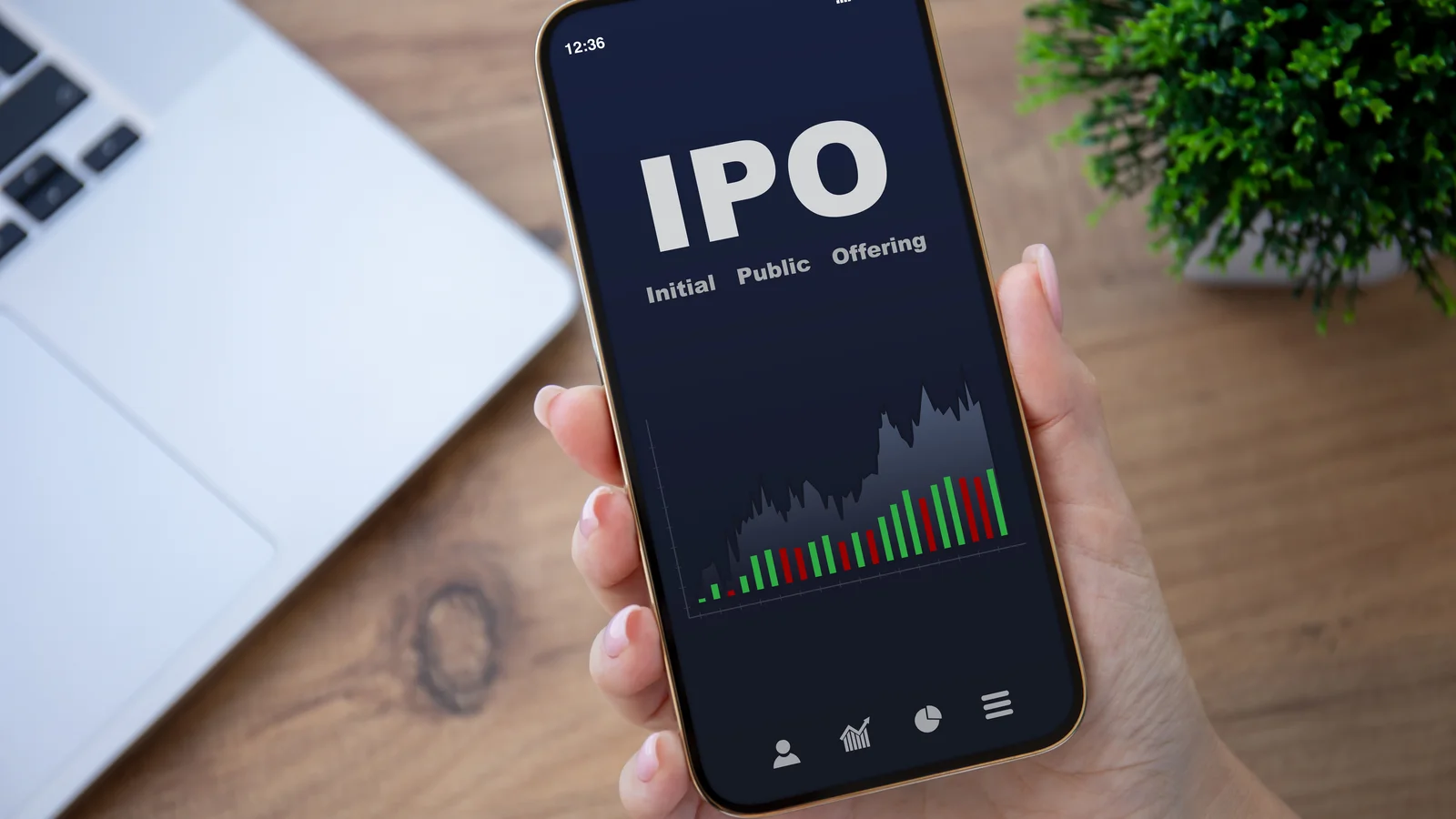
Venture capital firms invest in early-stage companies with high growth potential. They look for startups that could become the next Facebook, Uber, or Airbnb.
These firms don’t just toss money around randomly; they carefully select businesses they believe will generate massive returns. Here’s how they actually make their money.
Equity Stakes
When VCs invest in a startup, they receive equity in return. This means they own a part of the company. As the startup grows and becomes more valuable, so does the VC’s equity. This equity stake can vary depending on the size of the investment and the stage of the company.
Early-stage investments often result in larger equity stakes due to higher risks. Masha Bucher, a founder of a venture capital firm, demonstrates how this equity stake aligns the interests of VCs with the success of the startup, incentivizing them to contribute to its growth and success.
Exit Strategies
VCs make their real money when they exit their investments. Here are the main ways they do it:
Initial Public Offering (IPO)

An IPO is when a company goes public, selling shares on the stock market. If a startup reaches this stage, the VC can sell its shares at a significant profit. The IPO process involves regulatory approvals and compliance with market standards, making it a complex and lengthy process.
Successful IPOs can provide massive returns, as the public market often values high-growth companies at premium multiples. However, not all startups are suitable for IPOs, and only a small percentage ever reach this stage.
Acquisition
Sometimes, a larger company buys the startup. In this case, the VC firm sells its shares to the acquiring company, often at a premium. Acquisitions can be strategic, where the acquirer seeks to integrate the startup’s technology, team, or market position.
This exit strategy can provide quicker returns compared to IPOs and is less subject to market fluctuations. Successful acquisitions often result from building relationships with potential acquirers early in the startup’s journey.
Secondary Sale
VCs can also sell their shares to other investors or funds in the secondary market before an IPO or acquisition. Secondary sales allow VCs to realize returns without waiting for a full exit event.
These transactions can provide liquidity to VCs and other early investors, offering flexibility in managing their portfolios. Secondary sales are increasingly common as the market for private company shares becomes more developed and accessible.
Management Fees

Venture capital firms charge their investors (called limited partners or LPs) a management fee. This fee, usually around 2% of the total fund size, covers operational costs. Management fees are used to pay for salaries, office space, and other administrative expenses.
While seemingly modest, these fees provide a stable income stream for VCs during the investment period. The fee structure ensures that VCs have the resources needed to support their portfolio companies effectively.
Carried Interest
Carried interest is the real kicker. It’s a share of the profits, typically around 20%, that the VC firm takes from the successful exits of its investments. This is where VCs make the bulk of their money.
Carried interest aligns the incentives of the VC firm with the success of the investments, as their compensation heavily depends on the fund’s performance. This profit-sharing mechanism motivates VCs to achieve the highest possible returns for their investors.
Carried interest is only realized after the LPs have received their initial capital back and a predefined return threshold, known as the hurdle rate, has been met.
The Lifecycle of a VC Fund
Understanding the lifecycle of a venture capital fund is crucial to grasping how these firms operate, from raising capital to exiting investments.
Fundraising

Venture capital firms start by raising money from limited partners. These can be institutional investors, wealthy individuals, or pension funds. The fund size can range from a few million to several billion dollars. Fundraising involves presenting a compelling investment thesis and track record to potential LPs.
The process can take several months and requires strong relationships and credibility in the investment community. Once the fund is closed, the VCs have a set period, usually 10 years, to invest and return the capital.
Investing
Once the fund is raised, the VC firm begins investing in startups. They look for promising companies that align with their investment thesis.
The investment process involves identifying potential opportunities, conducting due diligence, and negotiating terms. VCs often lead funding rounds and may syndicate with other investors to diversify risk. The goal is to build a diversified portfolio of high-potential startups that can deliver outsized returns.
Monitoring and Supporting
After investing, VCs work closely with the startups, helping them grow and succeed. This phase can last several years. VCs provide ongoing support through board participation, strategic advice, and leveraging their networks.
Regular check-ins and performance reviews help ensure that the startups are on track to achieve their milestones. This active involvement increases the likelihood of successful exits and maximizes the fund’s returns.
Exiting

The final stage is exiting the investments through IPOs, acquisitions, or secondary sales. The returns from these exits go back to the LPs, minus the carried interest and management fees. The exit phase can take several years, as VCs seek the optimal timing and conditions for maximizing returns.
Successful exits require strategic planning and often involve collaboration with investment bankers, lawyers, and other advisors. The ultimate goal is to return significant profits to the LPs, justifying their trust and investment in the fund.
The Role of Limited Partners
Limited partners are the investors in a VC fund. They provide the capital that the VC firm invests. LPs can be:
- Institutional investors (like pension funds or endowments)
- Wealthy individuals
- Family offices
LPs trust the VC firm to manage their capital and deliver strong returns. They conduct their own due diligence before committing funds, evaluating the VC’s track record, investment strategy, and team. LPs often invest across multiple VC funds to diversify their exposure to venture capital.
What Do LPs Get?
In return for their investment, LPs receive a share of the profits from the VC fund’s successful exits. This is typically distributed after the VC firm takes its carried interest. LPs benefit from the VC’s expertise and access to high-growth investment opportunities.
Their returns depend on the performance of the underlying portfolio companies. Successful VC funds can deliver substantial returns, significantly outperforming traditional asset classes.
The Importance of Due Diligence

Before investing, VCs conduct thorough due diligence. They evaluate the startup’s business model, market potential, management team, and financials. This helps them avoid investing in companies with little chance of success.
Due diligence involves market research, competitive analysis, and financial projections. VCs also assess the startup’s technology, product-market fit, and scalability. A rigorous due diligence process increases the likelihood of identifying high-potential investments.
Continuous Monitoring
After investing, VCs continuously monitor the startup’s progress. They attend board meetings, review financial statements, and provide ongoing support to ensure the startup stays on track.
Regular interaction helps VCs stay informed about the company’s performance and challenges. They can intervene when necessary to address issues or pivot strategies. This active oversight is crucial for maximizing the startup’s chances of success and achieving favorable exits.
In Summary
Venture capital firms are the financial lifeblood of innovation, fueling the growth of startups that change the world. They make money through a combination of equity stakes, exit strategies, management fees, and carried interest. While the risks are high, the rewards can be astronomical.













